Before we launch into the ins and outs of third party cookies, this article has been written presuming a couple of things.
- You have a website
- You track data, or you want to start
THE BASICS
So what are cookies?
First-party and third-party cookies have allowed website owners to track the behaviour of their users for a very long time now. They do this by the website placing small bits of data onto a visitor’s session, and have become invaluable for many areas of our internet usage.
First-party cookies are placed on the user by the website and are used to improve their experience. This could be by remembering information on a specific page, or not having to log back in after leaving the website. Analytics software often also uses first-party cookies.
Third-party cookies are placed on the user by a website other than the one that they are currently on. The easiest way to think about this is by considering embedded content. Youtube videos, Instagram feeds, display ads, and so on, could all be placing cookies on the user. These cookies will then track user behaviour and feed this information back.
Out with the old, in with the new
Why are third party cookies a problem?
Pre-GDPR, no one worried too much about this sort of activity – perhaps because no one knew about it. Then came the advent of the enforced Cookie Policy and beyond that the cookie acceptance pop-ups (oh boy, how we all love those).
But the more educated about data privacy everyone becomes, the more this kind of activity is frowned upon. There are several downsides to third-party cookies.
Click below to expand
Enabling these sorts of cookies in people’s browsers can then result in suspicious activity. The amount of data collected can lead to identity theft in certain cases. The well-publicised case of Cambridge Analytica demonstrates how collecting social and political data could result in influencing election outcomes. And on a more user-to-user level, third-party cookies can be used to spread malware.
PRIDE BEFORE A FALL
The demise of third-party tracking
Google's Privacy Sandbox is designed to enhance privacy on the web while supporting online advertising. Its goal is to keep data decisions within the browser itself, and aims to phase out third-party cookies and replace them with technologies that allow ad targeting without tracking individual users. This approach balances user privacy with the needs of advertisers.
GET TO KNOW THE IMPACT
But what does all this mean for your business?
As third-party data becomes less reliable and harder to come by, it’s anticipated that it’ll have significant implications for businesses that rely on it for their pay-per-click (PPC) and social advertising strategies.
We’ve summarised some of the areas most impacted so you can take a look at your own strategy.
Click below to expand
41% of marketers believe their biggest challenge will be their inability to track the right data.
Third-party data is often used to identify specific segments of an audience, such as demographics, interests, and behaviours for better targeting. And so, as this data becomes less reliable, businesses may have a harder time targeting their audience with PPC and social advertising campaigns.
44% of marketers predict a need to increase their spending by 5% to 25% in order to reach the same goals as before.
It’s simple supply and demand. As third-party data becomes less available, the cost of obtaining it will likely increase. In turn, this may put a strain on advertising budgets. As a result, it’s anticipated that it’ll become more difficult for businesses to achieve the same level of return on investment (ROI) from their campaigns.
23% of marketing experts plan on investing in email marketing software due to Google’s new policy. The above impact means businesses will need to turn their attention to first-party data (data they collect themselves, like from their website and email campaigns). This is likely to make it harder to get a complete understanding of their audience and may limit the scope of their advertising campaigns.
– Alex Hazell – Acxiom’s head of legal and privacy
TAKE ACTION
So, what do you need to do?
Despite the changes to the timeline, this is something that can’t be ignored. Essentially, if you rely heavily on third-party data to target your audience and fill your pipeline, you’ll need to find new ways to reach and understand your audience.
But don’t worry; we’ve got you.
Here are our tips on how you can begin to counterbalance the upcoming changes.
ONE
Build and leverage first-party data:
One way to help ease the changes in third-party data availability is to focus on building and leveraging first-party data through prioritising owned channels.
This can include data collected from email campaigns, surveys, and utilising A/B testing on your website and emails. This is by no means an overnight fix, but it’s a chance to nurture leads and learn more about the kinds of content, products and services your audience wants to see.
TWO
Emphasise email marketing:
Email marketing offers a high return on investment (ROI) and can be a cost-effective way to reach and engage with your audience. Once an email subscriber database has been built up, you can use advanced segmentation techniques to nurture relationships with your subscribers, deliver personalised content, and drive conversions.
THREE
Invest in SEO and content marketing:
By investing in search engine optimisation (SEO) and content marketing, you can improve your visibility in search engines.
The result? More of that all-important organic traffic to your website, resulting in key conversions.
This can help to counterbalance changes in third-party data availability.
FOUR
Consider influencer marketing:
FIVE
Use paid advertising:
SIX
Adapt to privacy regulations & ask for consent:
WHAT's next?
Go forth and get private
Where we’ve been so reliant on third-party data, it’s no bad thing that we are now being forced to prioritise user privacy. It brings significant long-term benefits for marketers, such as fostering trust and loyalty through respecting customer preferences; leading to higher engagement and retention.
Brands that adopt ethical data practices will stand out to privacy-conscious customers, and privacy-first strategies reduce legal risks by aligning with regulations like GDPR and CCPA.
Over time, this approach strengthens brand reputation and builds deeper, more sustainable connections. By embracing first-party data, optimising SEO, and using privacy-centric technologies, marketers, and brands, can thrive in a cookieless future.
– Polly Buckland, The Typeface Group
The key to diversifying your marketing channels
It’s all well and good us claiming you need to get moving on prioritising your owned channels, but if you’re unsure where to start, it can sound like a headache.
Take our marketing focus ScoreApp and find out where you need to assign resource the most.







